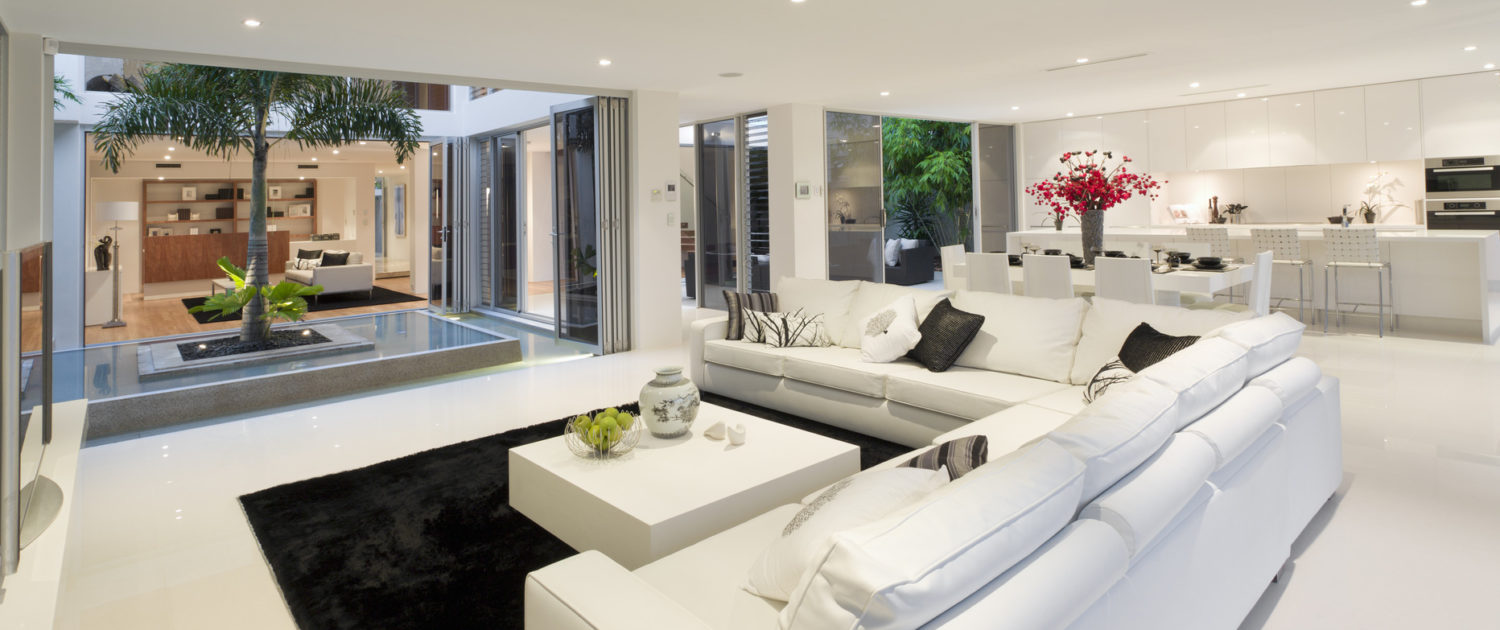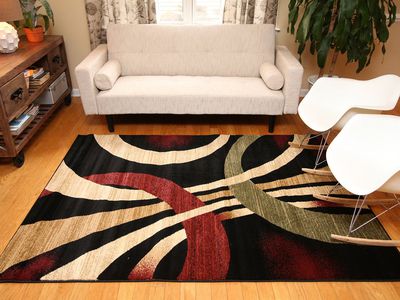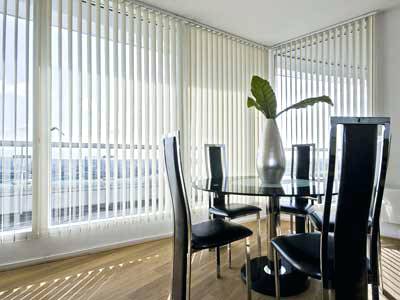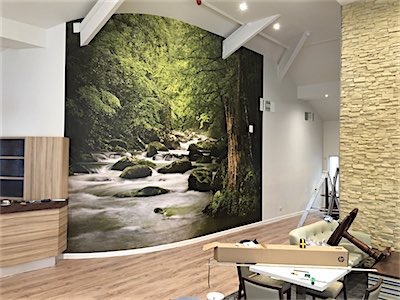Interior Designer in Karachi
Interior Designer in Karachi, Interior Designers DHA, Cheap Interior Designer Karachi? How do you need a space to feel? Do you prefer tailored pieces or do you prefer looser and more comfortable products? Can you gravitate toward certain colors or patterns? Another way that will assist you determines your style is to consider important words that define how you want a room to feel. Traditional, formal, elegant? Playful, funny, inviting? Monochromatic, streamlined, modern?
Take notice of design inspirations in every facet of life. I often use these as a starting point to go over with customers when I’m hired to help them design the interiors of their homes. Recall a hotel in which you’ve stayed or restaurant where you’ve dined that particularly struck your fancy. Perhaps it was a minimal interior from your trip to Japan or a clubby bar in New York furnished with worn leather chairs.
It’s a good deal easier for people to express what they do not like. By putting dislikes into the equation, we can remove some things and narrow in on others. By way of example, a bold large-scale print might remind you of something in your youth that you don’t need to see in your own space. Or a wingback chair may bring back memories of being sent to time-outs for pulling your sister’s hair. Likewise, a specific color might elicit feelings of a previous design trend that you aren’t eager to repeat. These memories and reactions are extremely personal and individual, but also define our tastes.
Space planning, which impacts scale, is vital. People often use furniture that’s too big or too small for a room. I like to blame a certain retail business for the large-scale furnishings which saturate interiors today. Build around the furniture that you actually have space for. Think about the equilibrium of a space. For larger rooms, look at establishing zones for different tasks: a seating area that’s conducive to conversation; another area for television viewing; a work area with a desk or table for projects or games. Even though I like symmetry, you can make things feel too contrived once you make everything symmetrical. Think about the visual weight and supply to balance out a room. Proportion and scale are key to any layout
Paint selection is among the most significant and cost-effective decisions you may make. Proper paint choices harmoniously connect distances. Consider the house as a whole. You risk creating disjointed rooms if you paint one room at a time. Take into consideration how colors affect our mood. I’ve been known to paint inside doors a bold black for comparison against crisp white walls.
Sample actual paint colors on your walls when looking at options. Frequently a go-to color that worked well for a single project won’t work for another. What might work at your friend’s house might not work in your home. The chips in the paint shop are a helpful starting point, but what looks good on paper might not translate into your inside. With white paints, try a handful of different hues on the wall and pay special attention to the undertones. They can have touches of pinks, blues or yellows. The outside surroundings strongly affect the temperature of the lighting. The vegetation and the sky can create reflections of blues and greens on your interior walls.
Consider an “unknown” artist or designer and buy based on shape, relaxation and the way the artwork or furniture works for you and your needs. The most humble objects can have the most soul and be the most beautiful thing in space. Don’t be afraid to combine high and low price points. Not everything has to be precious to be significant. The opposite can be said with splurging on something that you really love.
Design can be overwhelming. We often want to know where exactly to start. For almost any room, I usually suggest that you begin from the ground up: Decide on the floor covering. Thinking about your floor first will dictate how other bits are layered in the space. If you select a neutral tone or natural fiber without a lot of color or pattern, you have more options with colors or upholstery. If you begin with an antique rug, then you are able to draw colors from the rug to invent a color palette. It’s important to plan these things in tandem, otherwise, you end up with the circus effect: too many things happening without space as an entire functioning in unison. Starting with a sofa or upholstered seats limits your style immediately. There is more flexibility with something like an area rug with dozens or even hundreds of possibilities. This is where you have choices and can then start to layer pieces. It is a simpler approach to produce your final floor covering decision first and then layer.










